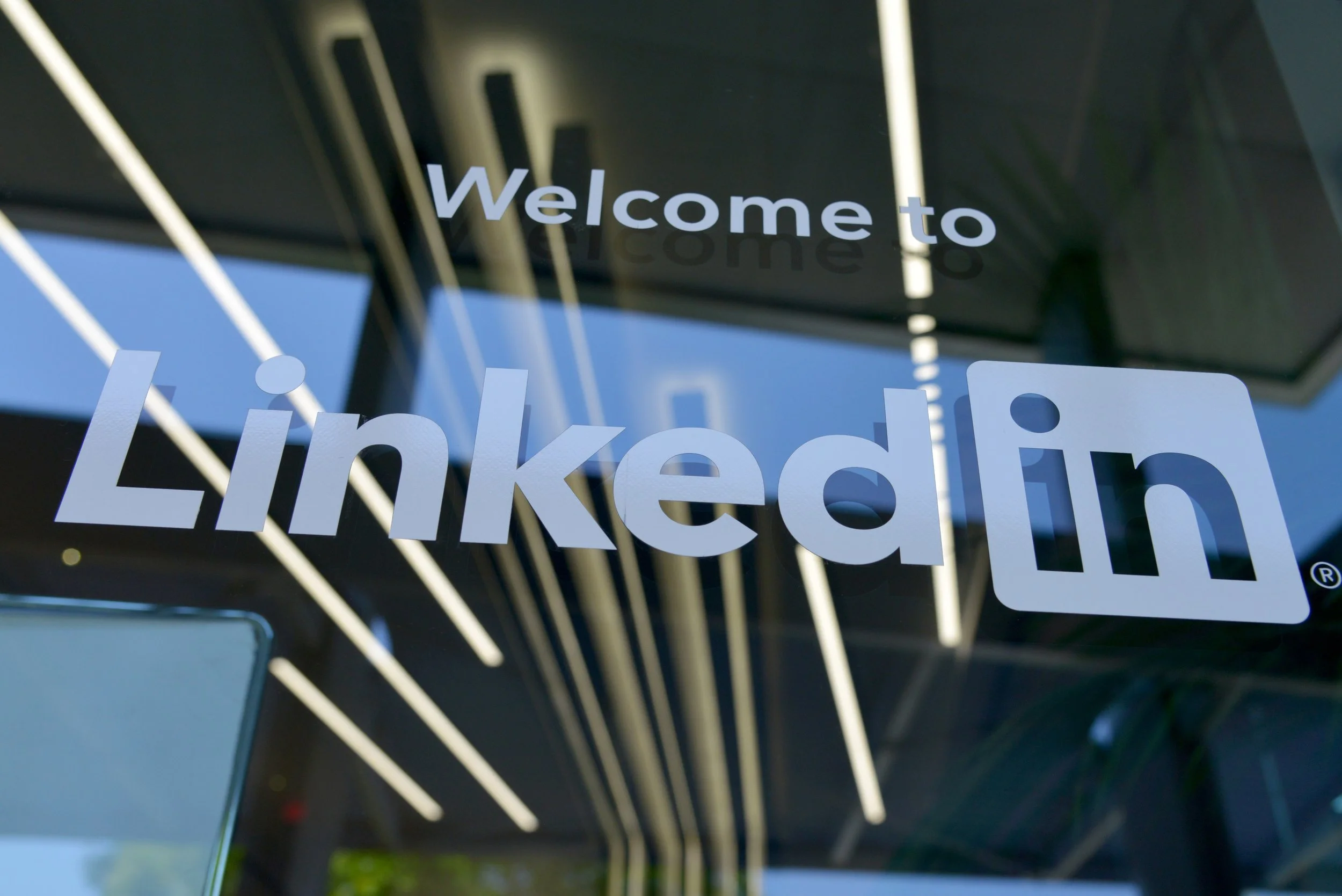Unveiling the Illusion: The Inauthenticity of Personal Branding on LinkedIn
In the realm of professional networking, LinkedIn has emerged as the go-to platform for individuals to showcase their skills, achievements, and ambitions. With its emphasis on personal branding, it promises to connect professionals and facilitate career growth. However, beneath the polished profiles and carefully curated content lies a lurking sense of inauthenticity. In this blog, we will peel back the layers and expose the illusion of personal branding on LinkedIn.
Crafting an Image
One of the key aspects of personal branding on LinkedIn is the art of crafting an image. Users are encouraged to present themselves in the most positive light, showcasing their accomplishments and expertise. While it is essential to highlight achievements, this relentless pursuit of perfection often leads to a distorted reality. The pressure to fit into predefined professional molds can force individuals to suppress their true selves, resulting in a lack of authenticity.
Emphasizing Quantity over Quality
LinkedIn encourages users to share regular updates, engage in conversations, and publish articles to maintain an active presence. However, this constant need for content often prioritizes quantity over quality. In an attempt to gain visibility and build their personal brand, individuals may resort to sharing generic posts or resharing popular content without providing any unique insights. This not only dilutes the authenticity of their personal brand but also contributes to a culture of superficial engagement.
The Polished Profile Syndrome
LinkedIn profiles have become digital resumes, meticulously crafted to impress potential employers and clients. Users tend to focus on listing their accomplishments, highlighting skills, and showcasing endorsements. While these elements are crucial, they often overshadow the genuine stories and experiences that define an individual's journey. The emphasis on accolades and endorsements may create a perception of success, but it can also mask the struggles and failures that have shaped a person's professional growth.
Lack of Vulnerability
Authenticity thrives on vulnerability, yet on LinkedIn, vulnerability is often overshadowed by self-promotion. Users are hesitant to share their challenges, setbacks, or personal stories that deviate from the success narrative. This creates an environment where the human side of professionals remains concealed, limiting meaningful connections and the potential for genuine support.
The Comparison Trap
LinkedIn fosters a culture of comparison, as users constantly measure their success against others in their network. The focus on accumulating connections, endorsements, and job titles can lead to a relentless pursuit of validation and external recognition. This constant comparison not only hampers authenticity but also fuels imposter syndrome and undermines the true value of individual achievements.
LinkedIn's personal branding culture, while providing opportunities for networking and career growth, often perpetuates inauthenticity. The pressure to conform to professional standards, the emphasis on quantity over quality, and the lack of vulnerability all contribute to the illusion of personal branding on the platform. As users, we must strive to break free from this facade, embracing authenticity, sharing genuine stories, and cultivating meaningful connections that transcend superficial metrics. Only then can LinkedIn truly become a platform where professionals can connect and thrive in their truest selves.


